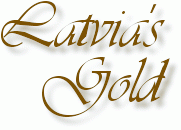
 Latvia, detail of a map of European Russia published in 1840 by the Society for the Diffusion of Useful Knowledge
Latvia, detail of a map of European Russia published in 1840 by the Society for the Diffusion of Useful KnowledgeThis was my fourth yearly trip to Latvia, all since independence.
Growing up, going to Latvian school, I learned history, literature, religion, geography, all the subjects I studied the rest of the week (except math!). Yes, the church was for worship, but that was on Sundays. Saturdays, the church was the focal point of our Latvian community in Brooklyn, a home away from home for my parents' generation. I only realize now how precious those moments were. And not because I learned enough geography to take a blank map with lines, dots, and crosses and name all the rivers, towns, and mountains.
Mountains? It was a rude awakening when I arrived in Latvia for the first time. Gaizinkalns, the highest point in Latvia, was a mere 300 meters above sea level. Yet I was not disappointed in the least. Latvia still felt like home, even having never been there. Perhaps small, perhaps not quite as imposing as in my childhood imaginings or as my mother recalled from before the war, but still noble and proud. Over my first few trips, I had acclimated myself well, I thought. No problems driving around the countryside or taking walks around Riga. I thought I had gotten to know Latvia.
Then, shortly after another such satisfying trip, I picked up an organ music CD at Tower Record, on Broadway in Greenwich Village, in New York. February 17th, 1995. Well, no probably the 19th, on the weekend. (I'm not very good with dates.) But I remember it was the day that irrevocably changed my parochial image of Latvia. The subtitle read, in German, “Recorded at the Church of the Holy Trinity, Libau, Lettland.” Lettland I immediately recognized as Latvia. And Libau? Liepaja! I must have this! Even as I waited for the subway home, I opened the CD to read the liner notes. At the heart of the organ, unchanged since its last expansion in 1885, was the very first organ, virtually intact, built in 1779 by Johann Sebastian Bach's favorite organ builder, Heinrich Andreas Contius. Contius had arrived in Latvia with a letter of recommendation from Bach himself. And of Contius' three organs still in existence, two were in Latvia! When my mom and cousin Gaida were arranging our next trip and asked if there was anything I'd like to do, I said, "I don't care as long as we make it to Liepaja to see the organ. I've got to see it to believe it!" Well, I did get to see, and touch, the organ in Liepaja. And what a feast for the senses this trip turned out to be! Aglona, the organ at Liepaja, the history museum in Cesis, Rundales Pils, and more. It is a sufficient source of pride and responsibility that Latvians (and fellow Lithuanians) are shepherds of the oldest living Indo-European culture. Latvia is also a time capsule of Western European cultural treasures, in many cases, the greatest such surviving collection in existance. That the self-appointed purist elite protest that such riches are the remains of conquering powers which oppressed Latvians for 700 centuries is a separate topic—and in no way detracts from the wonder of these treasures! Latvia was, is, a phenomenon! Click on the square photo "buttons" for pictures
from each milieu. |
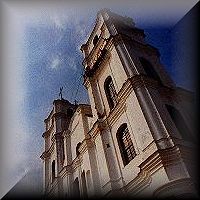
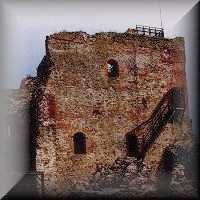
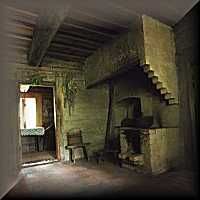
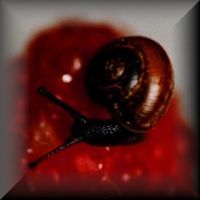
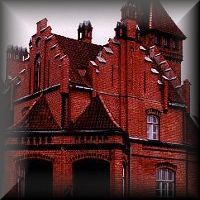
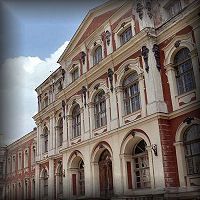
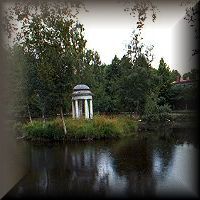
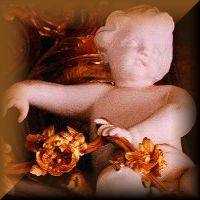
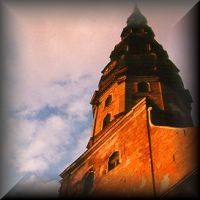
A few other pictures from this trip
- Discovering Latvia's Treasures - ABOUT
- Basilica of Our Lady of Aglona
- Bauska's castle ruins
- The Ethnographic Open-Air Museum of Latvia
- Nature at home in Bolderaja
- Jaunmokas Manor
- Jelgava Palace
- Liepāja's past: faded, excised, under restoration, and Contius' organ
- Rundāle Palace, Rastrelli's Latvian masterpiece
- Rīga, around the old and new town
 Gallery
Gallery





